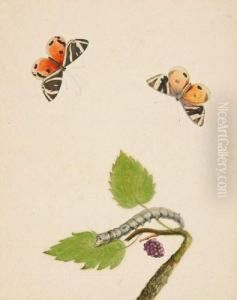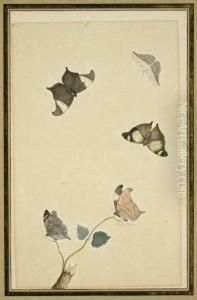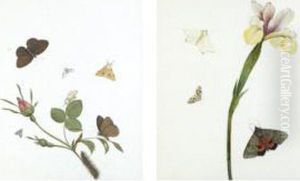Nicolas Struyk Paintings
Nicolas Struyk, also known as Nicolaes Struyck, was a Dutch Golden Age painter, draughtsman, and etcher born on September 15, 1687, in Amsterdam, Netherlands. While not as widely recognized as some of his contemporaries, Struyk contributed to the artistic landscape of the 17th and 18th centuries with his unique style and subjects.
Struyk’s work primarily consisted of still lifes, particularly those depicting floral arrangements and vanitas scenes. His style was influenced by earlier Dutch masters, and he was known for his detailed and realistic portrayal of flowers and other natural elements. Struyk's paintings often included symbolic elements that were common in still life paintings of the time, which were intended to remind viewers of the transience of life and the material world.
Despite his talents, very little is documented about Struyk's life and training. It is believed that he was a student in Amsterdam and may have been influenced by or studied under artists such as Jan van Huysum, who was renowned for his lush floral compositions. Struyk's career unfolded during a period when the Dutch Republic was a thriving center of trade, science, and art, a period often referred to as the Dutch Golden Age.
Nicolas Struyk's works were collected by connoisseurs and art lovers of his time, and today they can be found in various art museums and private collections. His etchings and drawings also contribute to the understanding of the period's artistic techniques and preferences. Struyk passed away on January 11, 1769, in his hometown of Amsterdam. Although not as famous as some of his peers, his body of work continues to be appreciated for its technical skill and aesthetic beauty.


